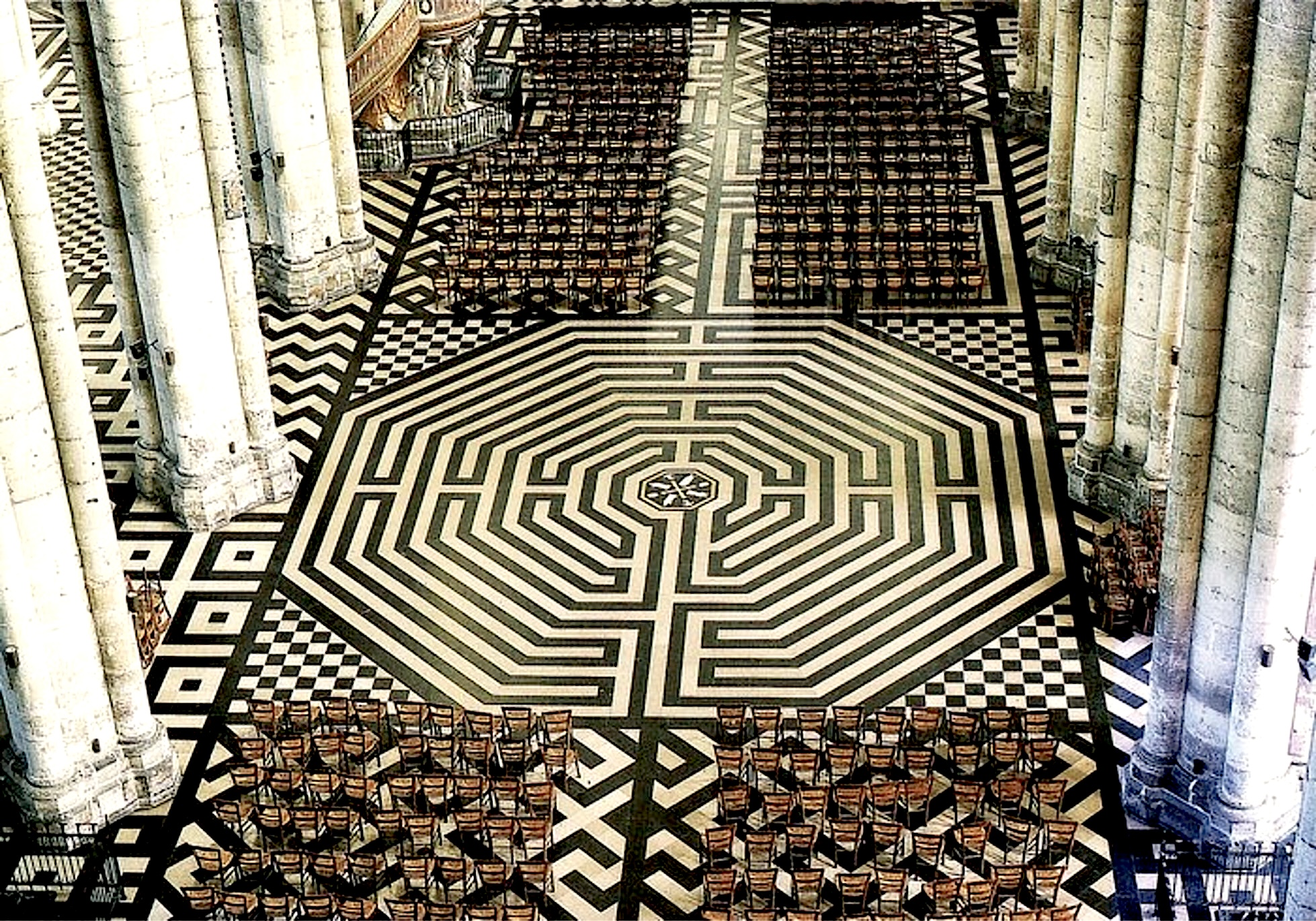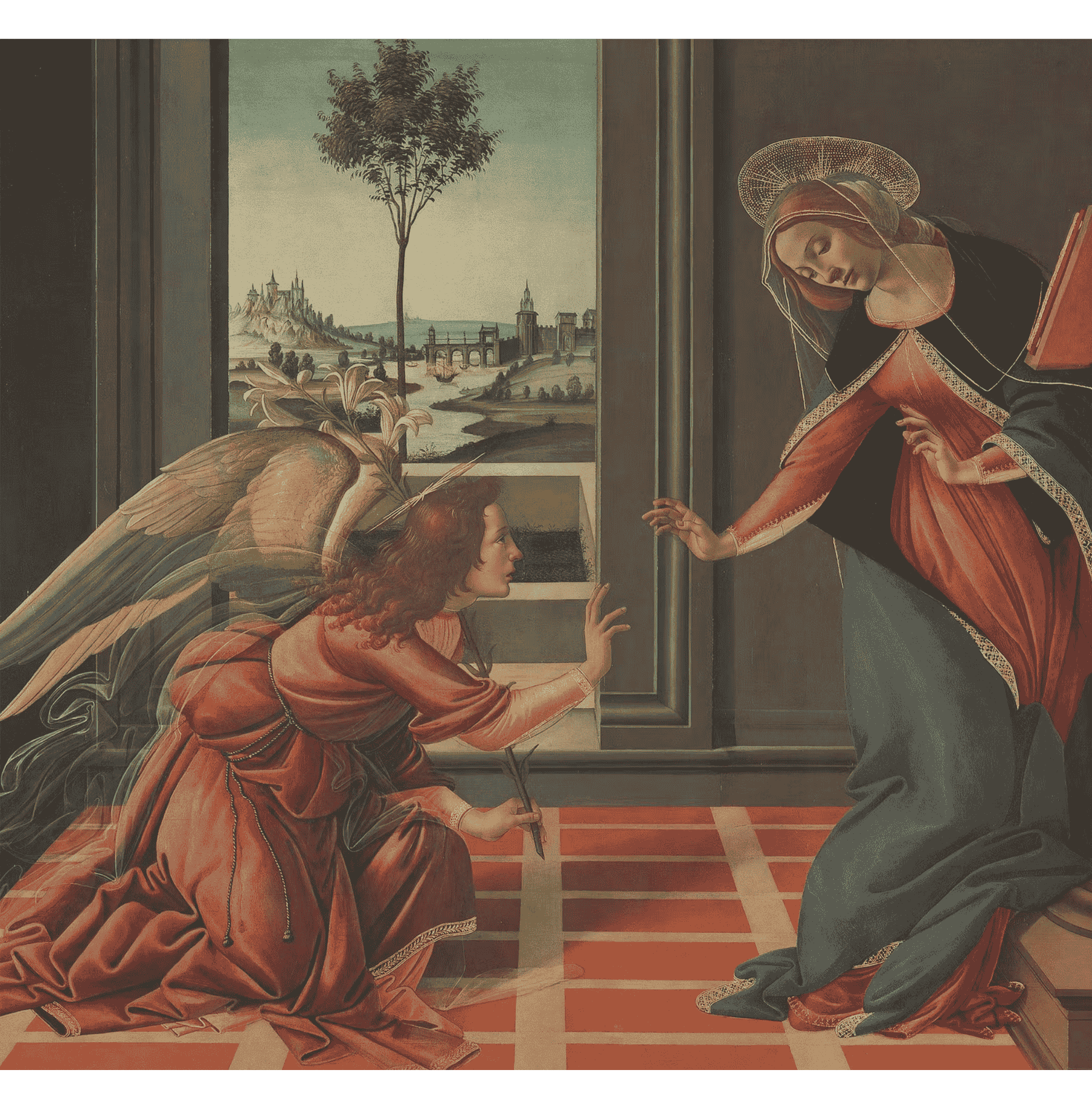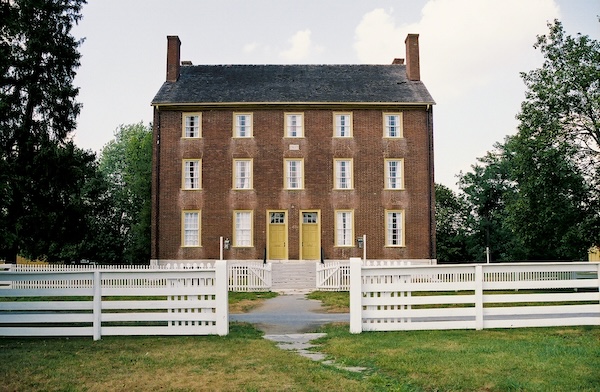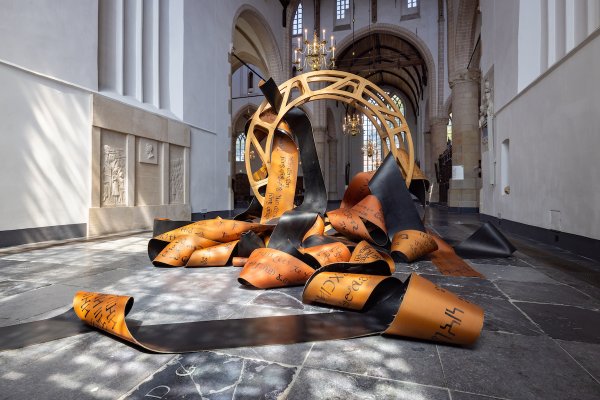
Finding the Way
Those with a good sense of direction can consider themselves blessed. Such natural orientation may only be appreciated by someone who has to do without it, because not knowing the way is pure misery.
Many people will know the experience of being sent on a rabbit trail by a (well-meaning) person after having asked for directions. Of course, there are ingenious navigation systems nowadays, a great invention, but you can't sail blindly even with the most advanced navigator. You will always have to stay alert.
Perhaps that is why the labyrinth has such an attraction for me. A labyrinth can have many unexpected twists and turns, but it possesses only one right road to the end, that is the only certainty, while a maze has many dead ends.
The labyrinth is already found in the oldest cultures. Famous is the labyrinth at Knossos on the island of Crete, which was built by Daedalus for the Minotaur, the monstrous son of King Minos. Theseus managed to defeat the monster with great courage and perseverance thanks to Ariadne's thread.
You often see a labyrinth incorporated in the floors of medieval churches. Occasionally it can even be seen on a wall or pillar. I saw such a floor labyrinth for the first time in the cathedral of Amiens and later also in that of Chartres. The labyrinth was not intended to embellish the church, but it makes clear, experientially, that the right way is not always the one you expect. It might take detours and require listening and obedience. It addresses those who have lost their inner compass.
Churches with a labyrinth attracted pilgrims who, for whatever reason, could not afford a pilgrimage to Rome or Jerusalem. On foot or on their knees, they made their way through the labyrinth. Arriving at the heart of the labyrinth, the pilgrim is aware of the real purpose in life, the journey towards God. Purified, the pilgrim can continue on the way to the altar in the awareness that God is the only certainty.
*******
Cathédrale Notre-Dame, Amiens: Labyrinth, 13th century.
Yvonne van den Akker-Savelsbergh (1945) is exegete of the New Testament.
%20(1).png)












